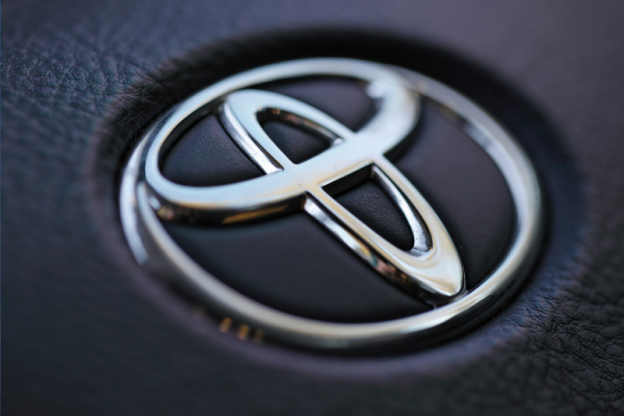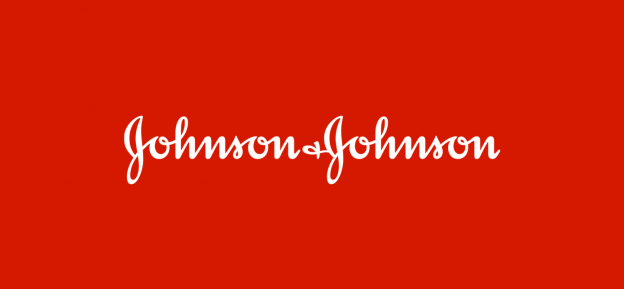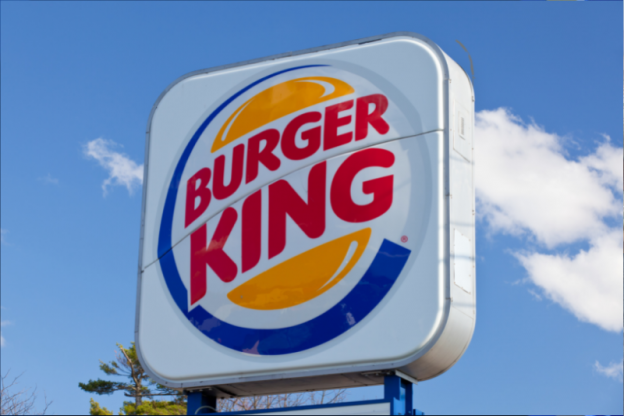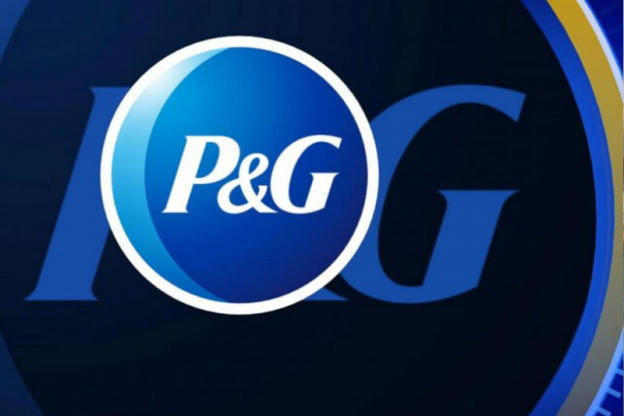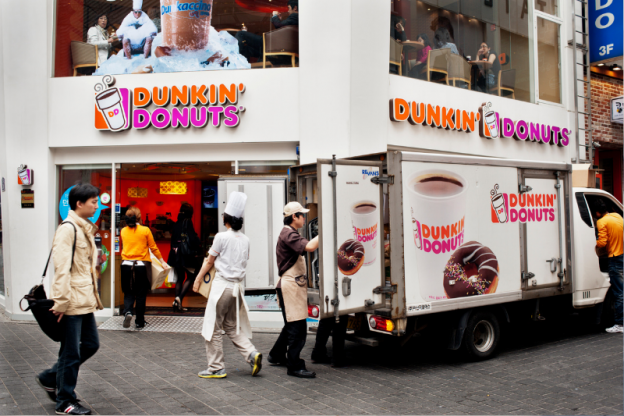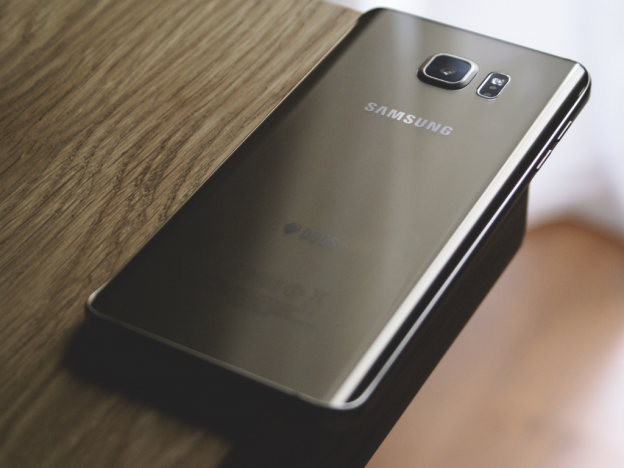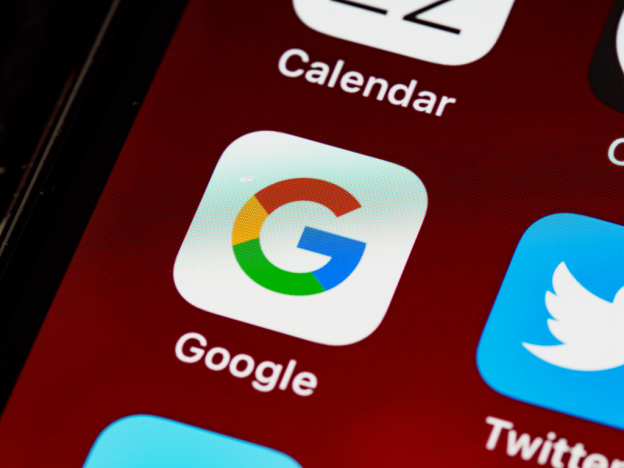This is a free Starbucks SWOT analysis available for all students. You should use it only as a reference.
Company Details
| CEO: | Kevin Johnson (Apr 3, 2017–) |
| Founded: | March 30, 1971, Pike Place Market, Seattle, Washington, United States |
| Revenue: | 29.06 billion USD (2021) |
| Headquarters: | Seattle, Washington, United States |
| Number of employees: | 383,000 (2021) |
| Founders: | Gordon Bowker, Zev Siegl, Jerry Baldwin |
| Subsidiaries: | Teavana, Seattle’s Best Coffee,… |
When it comes to the most influential companies in the world of food and beverages, Starbucks has carved out a stellar reputation for itself. Since its inception in 1971, the company has grown into a cultural and modern icon with a string of exceptional products.
Under the leadership of Howard Schultz, the company transformed from just another coffee joint into a phenomenon.
As of now, Starbucks Corporation caters to the needs of its clients from over 30,000 stores worldwide.
Do you need an excellent SWOT Analysis of Starbucks? We can help you with that! Our researchers can produce Starbucks’s SWOT Analysis with amazing accuracy and useful insights. Connect with us now!
SWOT Analysis of Starbucks
Even though Starbucks coffee is a brand in the food and beverage industry, like every business, it is facing many challenges in the face of comparative advantages. Through the lens of a SWOT Analysis, we can determine the company’s strengths, weaknesses, opportunities, and threats.
All of these four elements will be categorized under internal and external strategic factors.
Starbucks Internal Factors
Internal strategic factors comprise both strengths and weaknesses in Starbucks’ business model as well as its operations.
💪 Strengths
Strengths give Starbucks coffee a comparative advantage over its competitors and even against adverse market forces.

Strong Brand Recognition
In the food and beverages industry, Starbucks is far ahead of its competitors. The main contributing factors to its success are its size, volume, and loyal clientele.
Financial Gains
In FY 2021, Starbucks posted annual revenue of $29 billion with a resulting profit of over $4 billion. This provides a strong financial footing to the coffee joint.
Growth in Locations
Since its growth phase under the leadership of Howard Schultz, Starbucks has expanded a lot in the sheer number of coffee shops. The company operates both owned and licensed stores with the former contributing to around 85% of its revenue generation.
Exceptional Supply Chain
Starbucks prides itself in generating and maintaining supply chains from all across the globe to prepare its hot and cold beverages at various coffee shops, from Latin America to the Asia Pacific.
Strategic Acquisitions
Recently, Starbucks has acquired over six companies which are now contributing to cementing its foothold in the relevant sectors. These acquisitions include Seattle’s Best Coffee, Teavana, Tazo, and three other such companies.
Thoughtful Diversification
Starbucks often believes in tried and tested items instead of going all-in for new and novel delicacies. This allows diversification of products without affecting short-term revenue streams.
High Quality & Taste Standards
Starbucks spares no expense in ensuring the highest standards of quality and taste in its products across the board. This is what makes customers come back for more.
Re-Investment & Planning
Through rigorous reinvestment of profits back into the company and sound financial planning, Starbucks is enjoying a financial upper hand that its competitors can only dream of.
Excellent Employee Treatment
From raising wages of baristas to cordial relations with employees, Starbucks is one of the idolized places to work and is often considered to be the best place for employees in America.
Loyalty Incentives
The company has a comprehensive plan of incentives to reward its loyal customers. This allows both the company and the customers to stay connected with each other.
🤒 Weaknesses
Weaknesses are often inherent flaws in the operations or business model of a company, such as Starbucks, to prevent it from working at its optimum level.

Costly Products
When compared with both its direct and indirect competitors, such as McCafé and Dunkin Donuts, Starbucks’ products are higher in price. This hampers the brand’s penetration of value-centric consumers who prefer to go to other coffee shops.
Lack of Ownership
It is hard to own coffee blends and beverages that are readily available in the market with slight changes. This is another weakness in Starbucks’ business model as they can’t own the products that give the company comparative advantages.
Poor Consumer Adaptability
In many cases, consumers failed to appreciate and adapt to the products offered by the company, resulting in short-term losses and client abandonment.
Controversies
From tax avoidance in Europe to poor procurement practices for the coffee beans as well as violation of fair coffee trade, Starbucks has faced backlashes often resulting in a bad reputation and poor brand image for the company.
Compromised Product Batches
Starbucks has, time and time again, recalled batches of products from Starbucks coffee shops that were in high demand. Many products were found to have traces of unwanted particles. This resulted in plummeting demand.
Flop Specialty Drinks
Starbucks is used to having the darling of all. Yet, the brand has managed to offer some of the worst specialty drinks over the years.
Starbucks External Factors
External factors of Starbucks include the opportunities that can allow the company to overcome its weaknesses or the threats that can jeopardize its future.
🤑 Opportunities
Opportunities that Starbucks can avail and exploit for its benefit are given in the section below.
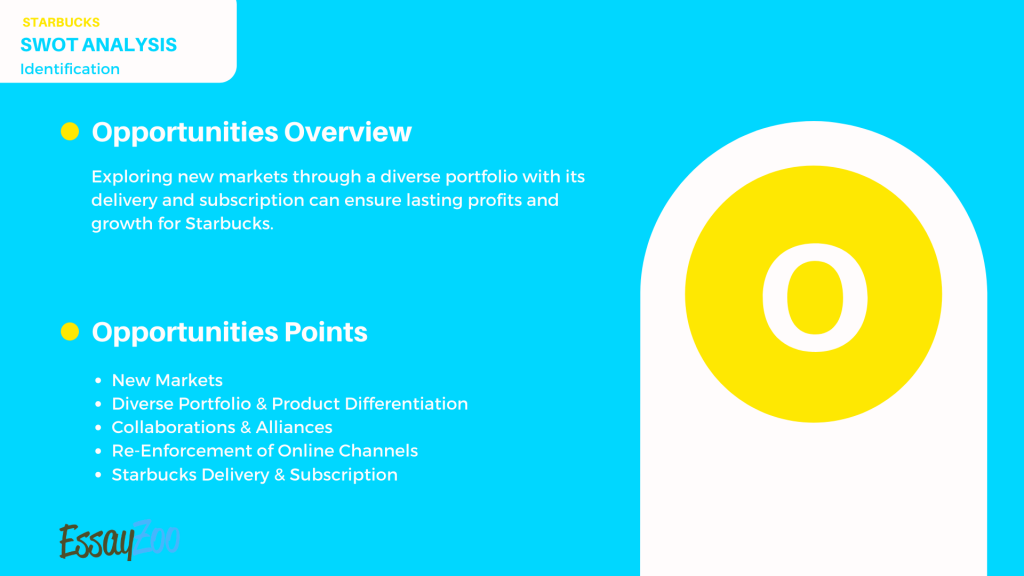
New Markets
Although Starbucks is a global brand, its main presence is in the US. By expanding further in the emerging markets, such as Asia Pacific and India, the company can exploit immense growth potential.
Diverse Portfolio & Product Differentiation
By diversifying its products from the competitors, such as Dunkin Donuts, and offering a more tailored coffee solution to its customers, Starbucks can replenish its drying revenue streams.
Collaborations & Alliances
Instead of entering or acquiring established companies with hefty price tags, Starbucks can get collaborations or chalk out alliances with other brands that cover a vast range of customer bases.
Re-Enforcement of Online Channels
During and after the pandemic, coffee lovers are shy to come out every time they need a coffee. Instead, they are relying on third parties to bring their favorite beverages to them. This is where Starbucks Corporation can step up and offer curbside pickup or specific locations.
Starbucks Delivery & Subscription
Through dedicated Starbucks coffee delivery and subscription channels, Starbucks can easily connect with its customers. This will open new avenues for price discrimination and customer loyalty options for the food and beverage company.
😨 Threats
Threats are those external factors that can extremely disturb its revenue generation for the short term and sustainability in the long run.
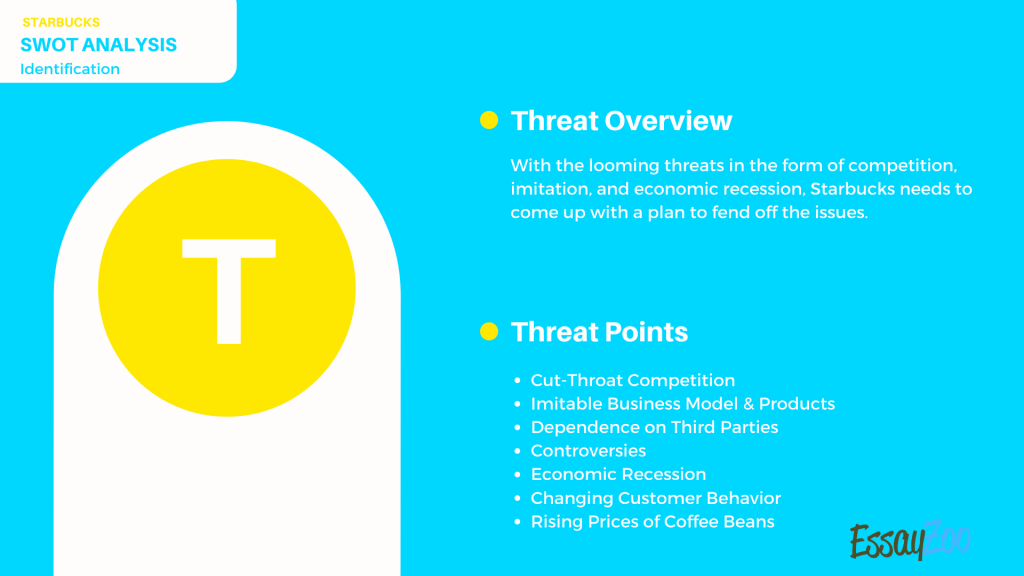
Cut-Throat Competition
Many competitors in the coffee and similar beverages market offer better pricing than Starbucks’ products. This can disturb the company’s position in the long run.
Imitable Business Model & Products
There is no way Starbucks can stop competitors from copying its products. This could lead to poor sales and long-term revenue disruption.
Dependence on Third Parties
For now, Starbucks is too much dependent on third-party suppliers and vendors for its global supply chain operations. In the case of any disruption in their companies, as happened in 2019, Starbucks faces a shortage and crisis-like situation.
Controversies
Starbucks has no shortage of controversies resulting in a poor brand image. One instance is where a California judge ordered Starbucks to provide labels on its beverages regarding public health and safety.
Another incident happened in Philadelphia where two individuals were arrested because they wanted to use the restroom without purchasing anything from the store. This led to a major outcry.
Economic Recession
Due to the economic recession by COVID-19, Starbucks is facing the bitter end in many locations. It is estimated that the company had to close over 2,000 shops in China alone due to the quarantine and lockdown regime.
After the pandemic, the trend is still going on with changes in customer traffic and store timings.
Changing Customer Behavior
In recent years, even loyal customers of the company are reinventing their taste buds. That’s why experts have predicted that Starbucks may face a crisis in the upcoming years with consumers wanting something more than different coffee blends and lattes.
Rising Prices of Raw Coffee Beans
The pandemic raised the prices of raw coffee beans due to hoarding and disruption of supply chains. This elevated cost is resulting in thinner profit margins and rising costs.
In this situation persisted, the company may have to redefine its supply chain and distribution mechanism.
Starbucks SWOT Table

Strengths
- 💪 Strong Brand Recognition
- 💪 Financial Gains
- 💪 Growth in Locations
- 💪 Exceptional Supply Chain
- 💪 Strategic Acquisitions
- 💪 Thoughtful Diversification
- 💪 High Quality & Taste Standards
- 💪 Re-Investment & Planning
- 💪 Excellent Employee Treatment
- 💪 Loyalty Incentives
Weaknesses
- 🤒 Costly Products
- 🤒 Lack of Ownership
- 🤒 Poor Consumer Adaptability
- 🤒 Controversies
- 🤒 Compromised Product Batches
- 🤒 Flop Specialty Drinks
Opportunities
- 🤑 New Markets
- 🤑 Diverse Portfolio & Product Differentiation
- 🤑 Collaborations & Alliances
- 🤑 Re-Enforcement of Online Channels
- 🤑 Starbucks Delivery & Subscription
Threats
- 😨 Cut-Throat Competition
- 😨 Imitable Business Model & Products
- 😨 Dependence on Third Parties
- 😨 Controversies
- 😨 Economic Recession
- 😨 Changing Customer Behavior
- 😨 Rising Prices of Coffee Beans
Read More:
- In-Depth SWOT Analysis of Walmart
- SWOT Analysis for Disney – Free Example
- McDonalds SWOT Analysis 2022: A Detailed Report
- Samsung SWOT Analysis
- SWOT Analysis of Chick-fil-A
- Facebook SWOT Analysis Essay
- Burger King SWOT Analysis [2022]
- Best SWOT Analysis of Toyota
- Strengths, Weaknesses, Opportunities, and Threats of Dunkin Donuts
- Strategic SWOT Analysis of Zara
- Informative SWOT Analysis of Airbnb
- SWOT Analysis: Nike
- Johnson & Johnson SWOT 2022
- UPS Company: SWOT Analysis
- Tesla SWOT Analysis In 2022
- SWOT Analysis of Amazon Company
- Comprehensive SWOT Analysis of Coca Cola
- Netflix: Strengths, Weaknesses, Opportunities, Threats
- A SWOT analysis for Procter & Gamble’s company
- Swot Analysis of Google’s Current Situation
- Free Apple SWOT Analysis

